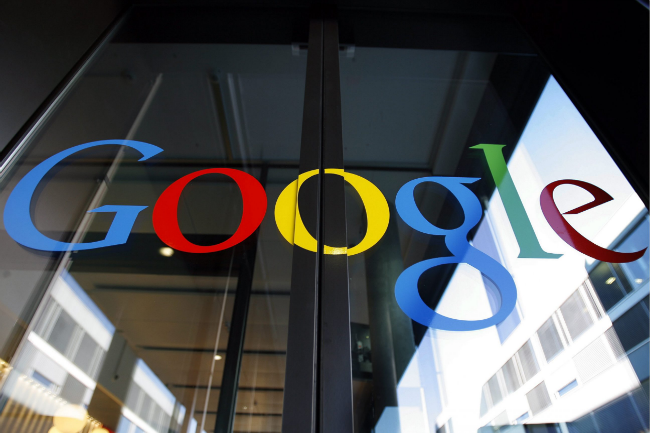
Most tech companies play it pretty close to the chest when discussing the gender and ethnic demographics of its staff. Google has long been silent on this subject, but now, it finally decided to publish some statistics that shed light on who they do and don’t hire. At first glance, the numbers look pretty bad, but when you dig a little deeper, it turns out there’s more to the story.
Google admits that 83 percent of its tech employees are male, and 60 percent of them are white. Meanwhile, just 17 percent of its tech employees are women, and even less are Hispanic or black. Asians make up the largest minority in the firm, accounting for 34 percent of the tech giant’s workforce. Google fully admits that its tech department is sadly lacking in diversity, and says that it is committed to improving its numbers. In non-tech jobs at the company, the male-female ratio is more balanced, with 48 percent women and 52 percent men. Hispanics and blacks get a slight boost in that category, too, but their numbers don’t rise as much as the women’s do.
The company is also quick to point out that although it can and must do better, the lack of diversity at Google isn’t entirely the company’s fault. Most tech jobs at Google require a computer science degree, and according to the National Center for Education Statistics, only 15 percent of computer science degrees are awarded to women. That number is even lower among Hispanics and African Americans, who make up only 5 percent of all computer science degree holders in the United States.
Google’s stats aren’t an industry disaster
When you look at the situation from that perspective, it’s no wonder there are so few women and ethnic minorities at Google and other tech companies. In fact, Google is actually doing pretty well on the diversity front in comparison with its peers. The National Council of Women in Information Technology (NCWIT) says that in 2011, women held 25 percent of all professional computing jobs in the United States. Google’s percentage of 17 percent is at least within spitting distance of that figure.
Additionally, when you look at the company’s overall stats, 30 percent of all Google employees are women. The numbers for blacks and Hispanics only rise a percentage point or two, though. Google also deserves credit for actually announcing its numbers. Most tech companies won’t even publish their workforce diversity stats.
However, Google obviously still has a long way to go in terms of improving its employee demographics, especially when it comes to management positions. Of all the people listed on Google’s senior management page, only one of them is a woman. The lucky girl in the room is Susan Wojcicki, who is the Senior VP of YouTube. At Facebook, the situation is similar. Sheryl Sandberg is the only female member of the management team. Google does have a few Asian people, and one black male among its senior leadership, as well.
Eventually, things might even out in the world of tech, but for now, it’s clear that we’ve got a long way to go.
Editors' Recommendations
- Google is launching a powerful new AI app for your Android phone
- I’m excited for the Google Pixel Fold, and you should be too
- Google is making Android devices work better together with expanded Fast Pairing
- Google’s Pixel 6 may finally retake the camera crown — but is it enough?
- Google Maps’ latest features aim to ease holiday season stress


